The Enduring Flavors of a Japanese Winter
Japanese winter food is a profound expression of the nation’s culinary philosophy, centered on the concept of shun (旬), or consuming ingredients at their absolute peak of flavor. The upcoming year will see a continued emphasis on high-value, branded ingredients and the communal nabe, or hot pot. This article explores old traditions to show how nature, culture, and food are all connected.
Essence of Japanese Winter Food
The Concept of Shun (旬): A Philosophy of Seasonality
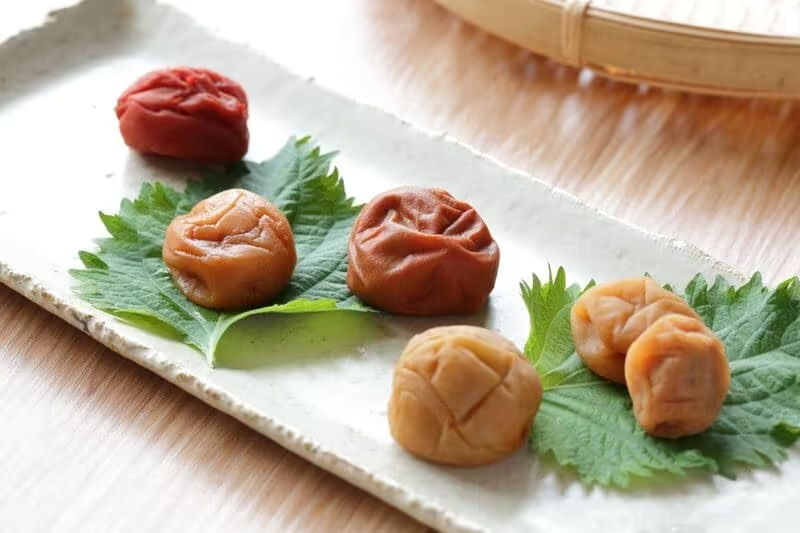
The quality of Japanese winter food is inextricably linked to the principle of shun, a deep-seated appreciation for the natural cycles that enhance flavor. Cold weather makes certain vegetables sweeter as they produce sugar to protect themselves from frost, like the “Snow Carrots” from Fukaura, Aomori Prefecture. Similarly, migratory fish, such as yellowtail, fatten as they move southward, making them particularly rich in the winter. This meticulous attention to seasonal perfection is a critical driver for the creation of regional culinary brands. The pursuit of peak ingredients allows local producers to create high-value commodities. For instance, the prized “Himi Kan-buri” and branded snow crabs are direct results of this focus on timing and origin. This approach transforms a seasonal ingredient into a coveted delicacy, forming the backbone of regional economies and culinary tourism.
Winter Staples and Their Cultural Significance
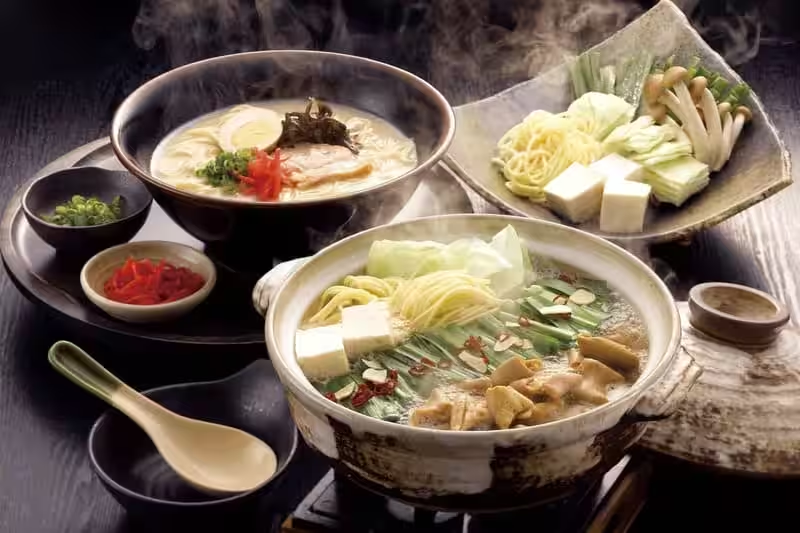
The Comfort of Nabe (Hot Pot): The hot pot is the quintessential winter dish, symbolizing communal warmth. There is a wide array of regional nabe dishes, each reflecting local ingredients and traditions, such as the monkfish hot pot (Ankou Nabe) of Itoigawa, Niigata, and the creamy, ancient Asuka Nabe from Nara Prefecture, with its 1,300-year history. A central tradition for many hot pots is to finish the meal by adding rice to the remaining broth to create zousui (rice porridge), ensuring that the concentrated flavors of the meal are savored to the very last spoonful.
Classic Comfort Foods: Beyond hot pots, other traditional foods provide simple, immediate warmth. Yakiimo, or roasted sweet potato, is a timeless winter snack with a history spanning over 300 years. Oden, a hot pot of simmering ingredients, is a beloved and still-evolving dish with distinct regional variations, such as the unique “kuro hanpen” fish cake and dark soup of Shizuoka’s Aoba Oden Street.
New Year’s Traditions: Food plays an integral role in the celebration of the new year. Toshikoshi Soba is a traditional noodle dish enjoyed on New Year’s Eve, while Osechi is a collection of traditional foods and Zoni is a regional soup dish whose ingredients reflect the local history and culture of each area.
Region-by-Region: 2025 Japanese Winter Foods Travel Itinerary
Hokkaido

- Indulge in king crab, oysters, and other seasonal seafood at the Sapporo Central Wholesale Market. Savor rich Sapporo ramen and warming hot pots nabe.
- The Sapporo Snow Festival (Feb 4–11, 2025) offers a food paradise with stalls selling ramen, Genghis Khan (mutton BBQ), and hot sake.
- After a day of snow activities, enjoy a seafood feast and a soak in a steaming onsen.
Tohoku
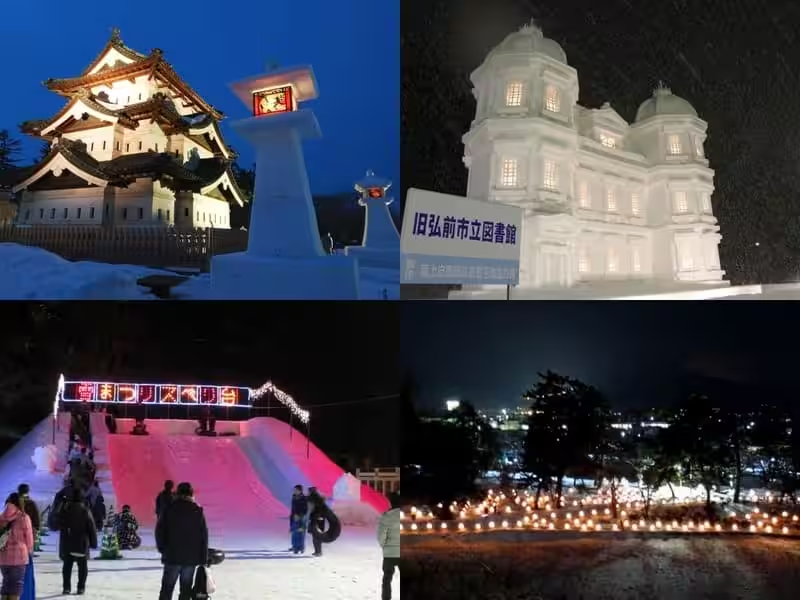
- Experience Akita’s kiritanpo hotpot, a rice-based stew perfect for the cold weather. In Aomori, try the freshest winter scallops and squid, and senbei jiru (cracker hotpot).
- Attend the Hirosaki Castle Snow Lantern Festival (Feb 7–10, 2025) and enjoy local winter food stalls.
- Visit the sake breweries in Niigata and Yamagata for a tasting of freshly brewed sake, a winter tradition.
Kanto / Koshinetsu / Hokuriku
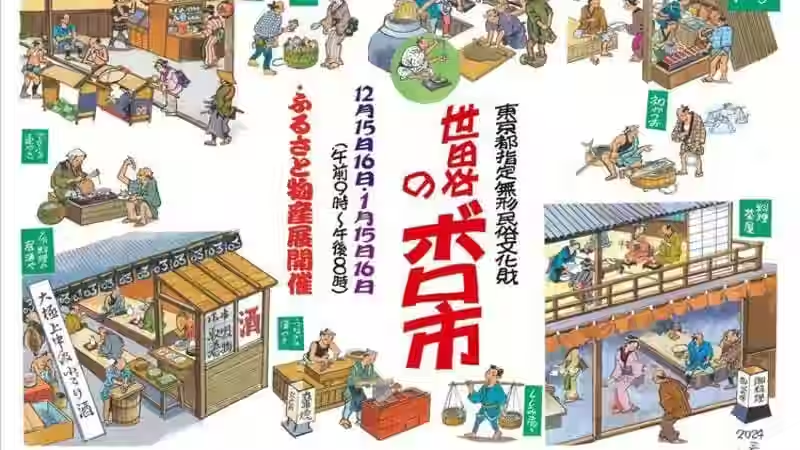
- Enjoy Tokyo’s monjayaki or oden —a stew of various ingredients—to warm up. In Hokuriku, taste fatty buri (yellowtail) and crab, or head to Nagano for hot soba noodles and winter vegetables.
- The Setagaya Boroichi Market (Jan 15–16, 2025) in Tokyo is a popular winter street fair with food stalls selling seasonal treats.
- Experience the unique sight of snow-covered onsen and feast on multi-course kaiseki meals in Hakone and Izu.
Kansai
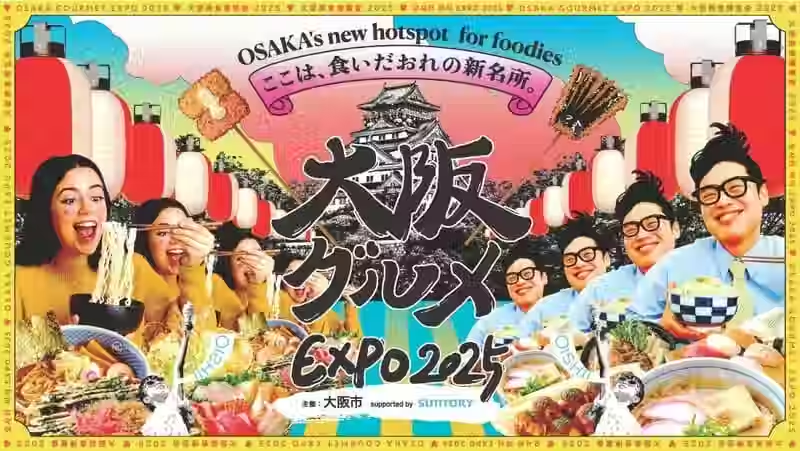
- Feast on high-end fugu (pufferfish) in Osaka’s Dotonbori district, or enjoy Kyoto’s refined shojin ryori (Zen Buddhist cuisine) featuring winter vegetables like daikon and renkon.
- Explore the Osaka Gourmet EXPO (dates TBD for winter 2025; check local listings) for a wide range of regional hot pots and delicacies.
- In Kobe, try high-quality wagyu beef shabu-shabu or sukiyaki.
Chugoku / Shikoku
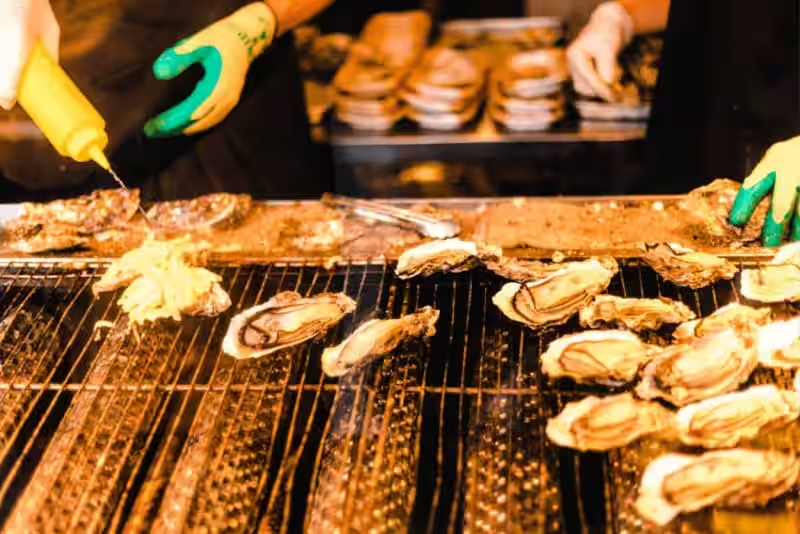
- In Hiroshima, relish the plump winter oysters, either grilled or in donabe hot pots. On Shikoku, try udon noodles and various nabe dishes like imotaki stew in Ehime.
- The Miyajima Oyster Festival (early Feb, 2025; check official dates) offers a chance to sample a huge variety of fresh oysters at low prices.
- Combine a visit to a seafood market with a warming sake tasting in Okayama or Ehime.
Kyushu / Okinawa
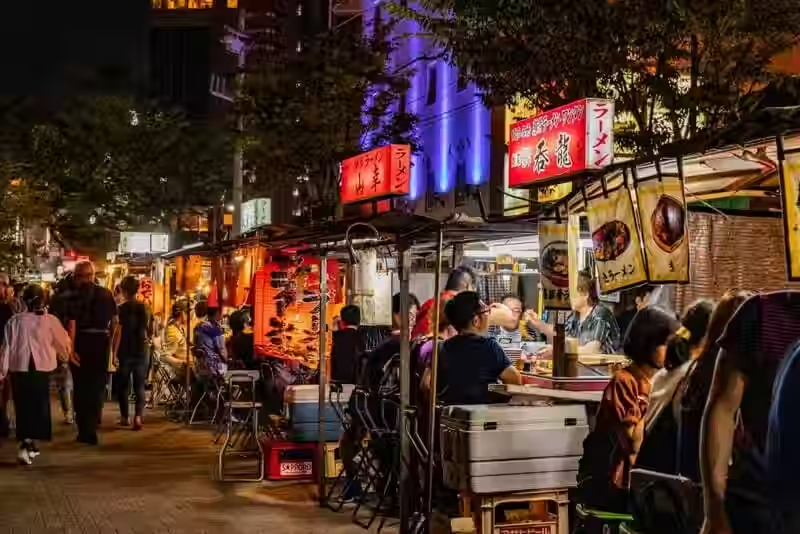
- The Fukuoka Christmas Market (late Nov–Dec 25, 2025) features food stalls and illuminations. Look for local winter produce and seafood at markets across the region.
- In Fukuoka, feast on rich tonkotsu ramen and motsunabe (tripe hotpot). The Kagoshima and Miyazaki areas are known for their high-quality pork and beef, perfect for a warming winter meal.
- In Okinawa, a different winter experience awaits with soki soba and seasonal tropical fruits.
Japanese Winter Foods and Health Benefits
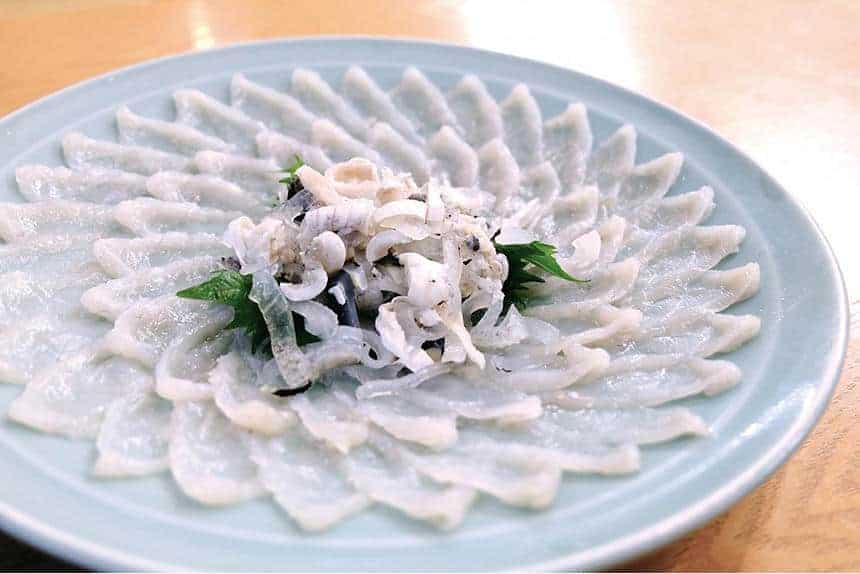
Staple Foods & Proteins: Winter is the peak season for fresh fish like fatty yellowtail and crab, which are rich in omega-3 fatty acids for joint health and inflammation. Hearty soba noodles and mochi provide sustained energy. The high-protein, low-fat fugu (pufferfish) is a seasonal delicacy that’s also a good source of vitamins and minerals.
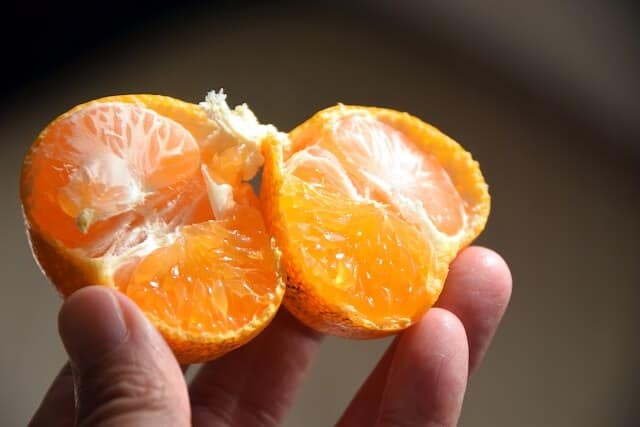
Seasonal Japanese Fruits: Japanese citrus fruits like yuzu and mikan (mandarin oranges) are a winter staple. They are packed with Vitamin C, which helps boost the immune system and ward off colds. Yuzu is also known for its calming scent and anti-inflammatory properties.
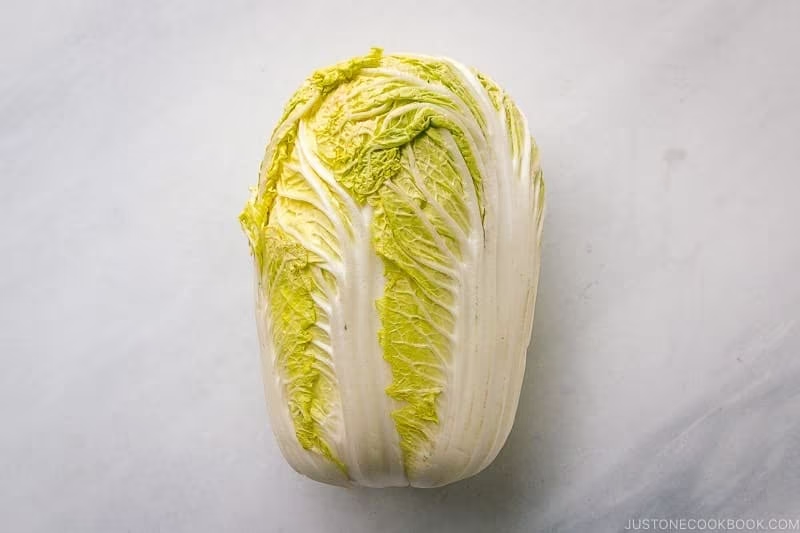
Winter Vegetables: Root vegetables are abundant in winter and are excellent for warming the body. Daikon (Japanese radish) is rich in digestive enzymes and Vitamin C. Hakusai (Napa cabbage) is low in calories and a good source of vitamins A and C, which are important for maintaining eye and skin health.
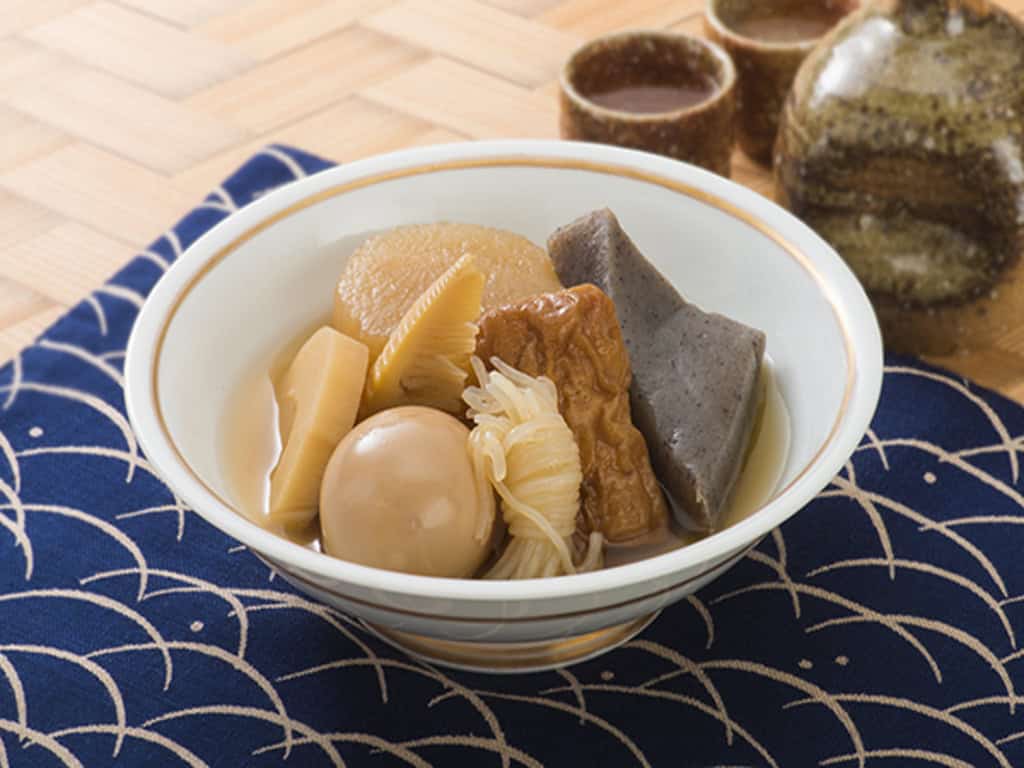
Traditional Dishes: Hot pot dishes like nabe and oden are the stars of winter cuisine. These dishes are prepared by simmering a variety of ingredients, such as tofu, fish cakes, and winter vegetables, in a light broth. Through this process, the cooking method preserves the vitamins and minerals, while at the same time, the combination of ingredients provides a well-balanced, high-protein meal that ultimately promotes warmth and well-being.
Travel Tips for Winter Seasonal Japanese Dishes
- Warm up with regional nabe (hot pot) dishes – Each region has its own specialty, perfect for a cold day.
- Visit ramen shops and udon restaurants – Winter is the best season to enjoy a hot bowl of noodles.
- Explore winter illuminations and Christmas markets – Many cities host events with seasonal food stalls.
- Try winter-exclusive sake and amazake – Look for new-release sake or non-alcoholic sweet sake.
- Go to department store food courts (depachika) – Find premium winter ingredients and prepared dishes.
- Seek out oden stalls – Find street food stands selling warm, simmered dishes, especially in cities like Tokyo and Osaka.
- Reserve in advance for fugu (pufferfish) restaurants – Winter is the peak season for fugu, a Japanese delicacy.
- Pack warm layers and a good coat – The weather is cold, especially in the evening.
- Bring cash – Many small restaurants and food stalls do not accept cards.
- Learn seasonal food names – Know names like fugu (pufferfish), kaki (oysters), and taraba-gani (king crab).
- Time your visit – Visit from December to February for peak winter flavors and events.
- Try regional specialties – Look for kaki nabe (oyster hot pot) in Hiroshima or snow crab in Hokkaido.
A Rich Tapestry of Taste and Tradition

The analysis of Japanese winter food reveals a sophisticated blend of geography, tradition, and economic innovation. It is a story told through the rich flavors of branded seafood, the comforting warmth of a regional hot pot, and the unwavering dedication to seasonal perfection. The experience of Japanese winter food is not just a meal; it is an immersive journey into the heart of a nation’s soul. It is a journey that will be as rich and rewarding in 2025 as it has been for centuries, offering an authentic taste of a heritage that endures and evolves with the changing of the seasons.
FAQ
What winter ingredients should I try?
Yellowtail (buri), snow crab, oysters, root vegetables, and citrus like mikan and yuzu.
How do I find regional winter specialties?
Check local tourism sites, ryokan guides, and markets for “seasonal menus” or the local name of the dish (e.g., “regional hot pot”).
When are major winter food events like snow festivals?
Dates vary by event. For example, Sapporo Snow Festival is usually in early February. Check the event’s official site before you go.
Do I need reservations for luxury items like fugu or branded crab?
Yes. Specialty and high-end restaurants often require reservations, especially on weekends and during peak season.
Are winter foods healthy?
Many are. Fatty fish and shellfish provide omega-3s, and citrus fruits are rich in vitamin C.
Is it safe to eat from street food stalls?
Generally yes if the stall is busy and food is served hot. Avoid stalls that look unhygienic.
Can tourists safely eat raw seafood (sashimi, sushi)?
Yes at reputable restaurants and markets with good reviews, but check freshness and your own health status first.
Are vegetarian or vegan options available?
More common in big cities; limited in rural areas. Call ahead or use translation aids to explain your needs.
How do I communicate food allergies?
Use short Japanese phrases or an allergy translation card showing the specific allergens.
Any tips for meals at a hot spring inn (ryokan)?
Kaiseki meals can be large. Inform the inn in advance about dislikes or dietary restrictions so they can adjust if possible.
What should I check when buying food souvenirs at depachika or markets?
Check expiration dates, whether refrigeration is required, and how long it will take to get home.
What should families with children keep in mind at winter food events?
Bring warm clothing, plan rest breaks, and be careful with very hot foods and crowded areas.
What are good portable foods for traveling between cities?
Warm ekiben (station bento), thermos drinks, and individually wrapped simmered or dried items.
Any etiquette for sharing a hot pot (nabe)?
Use shared serving utensils or the provided ladle; avoid using your personal chopsticks to take food directly from the pot.
How can I be sure to try limited seasonal dishes?
Check local guides and market hours, confirm festival dates, and reserve seats at popular restaurants in advance.
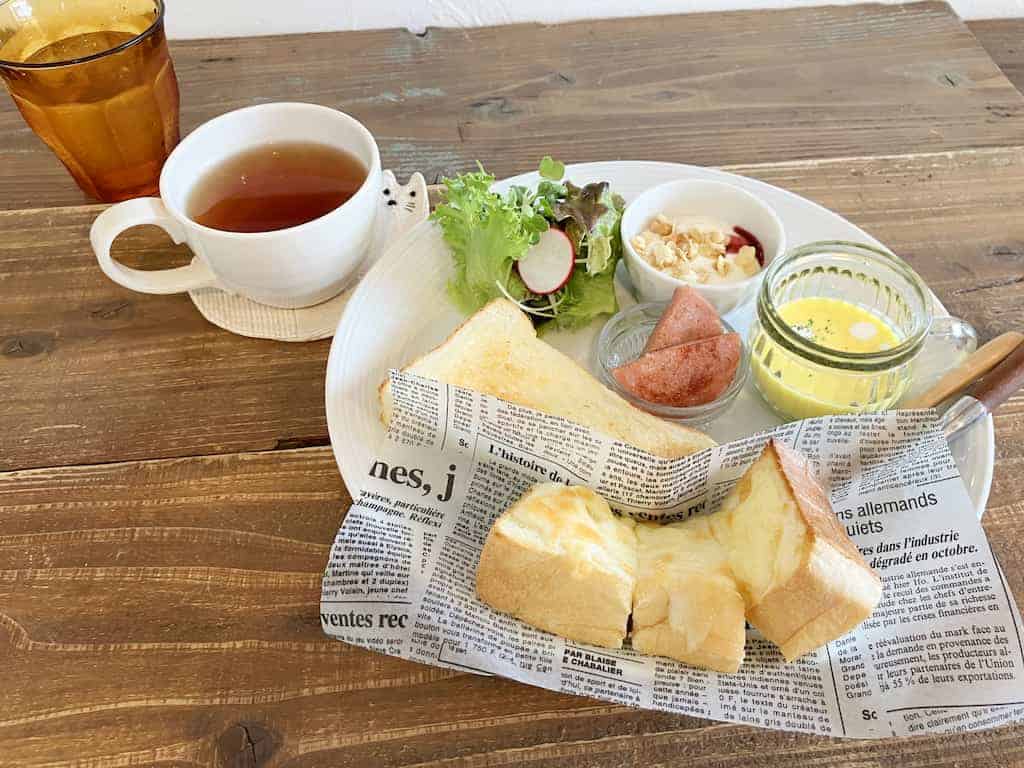
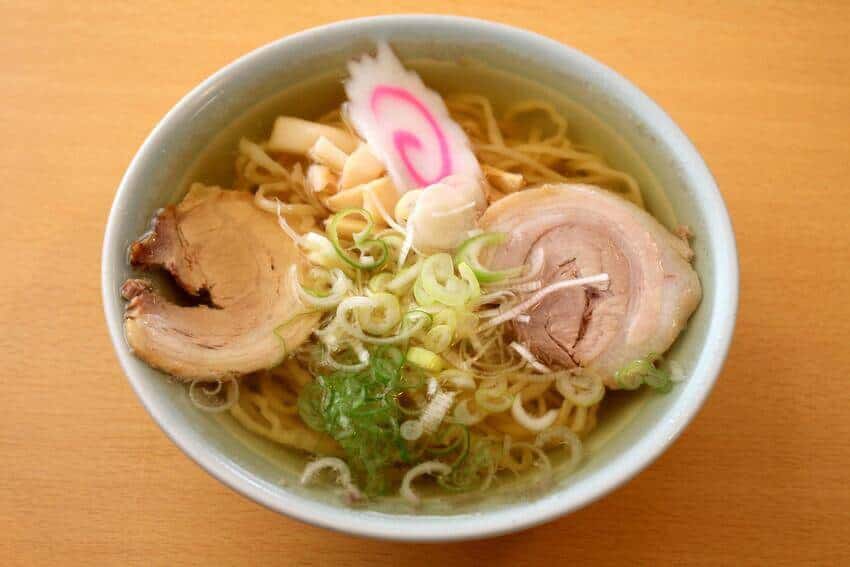
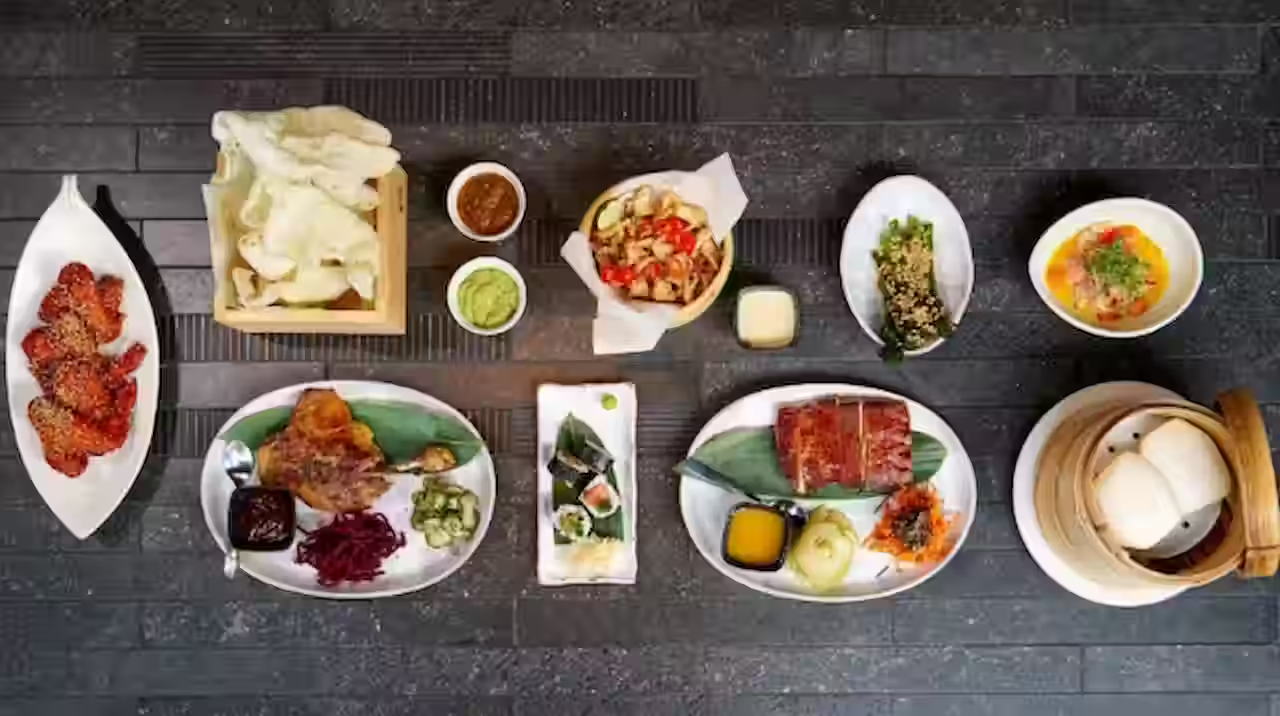

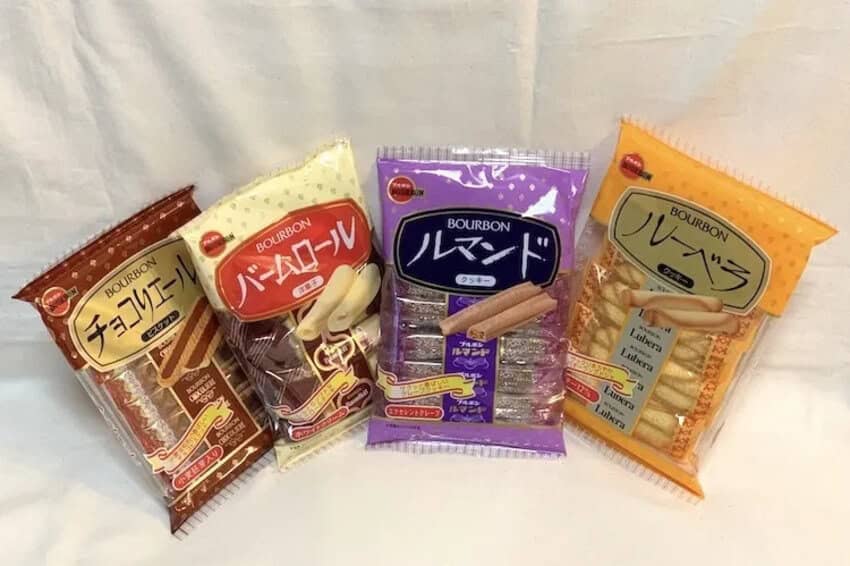

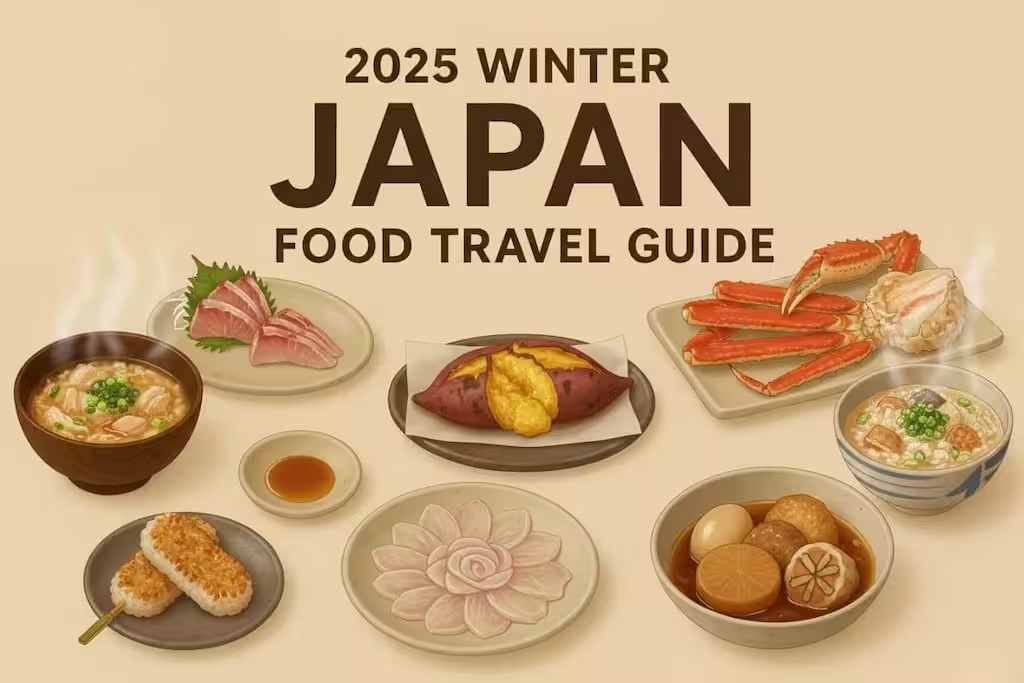
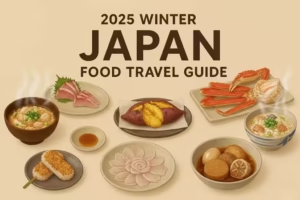
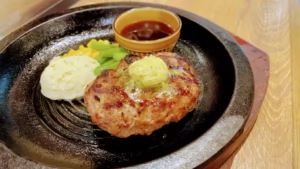
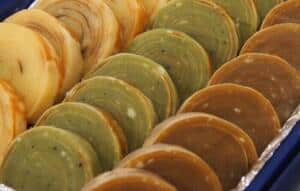
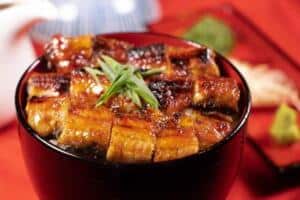
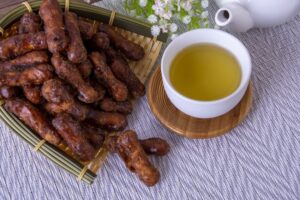
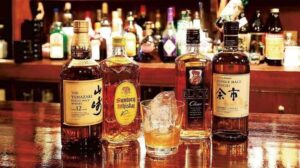
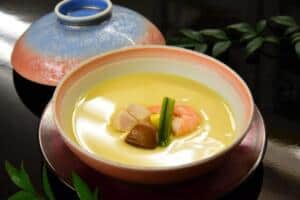
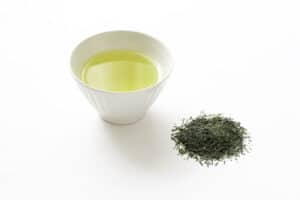
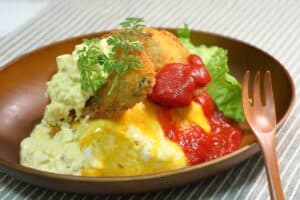
Comments